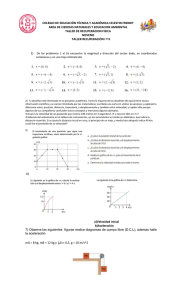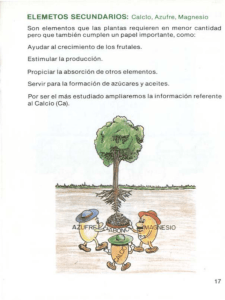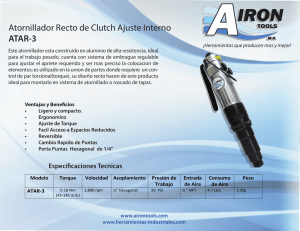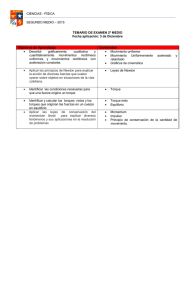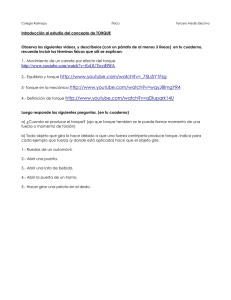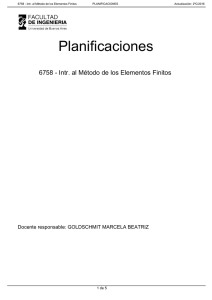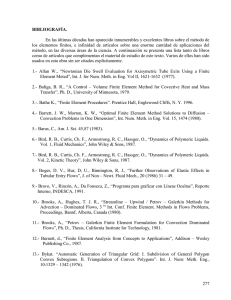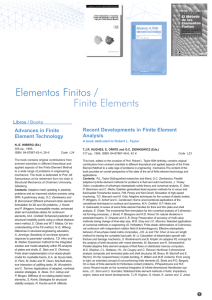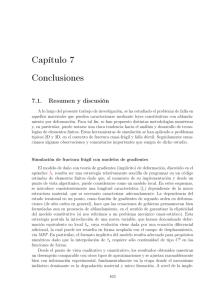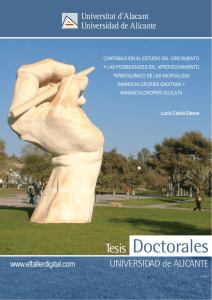Models Used to Represent the Windings and its Effect on the Torque
Anuncio
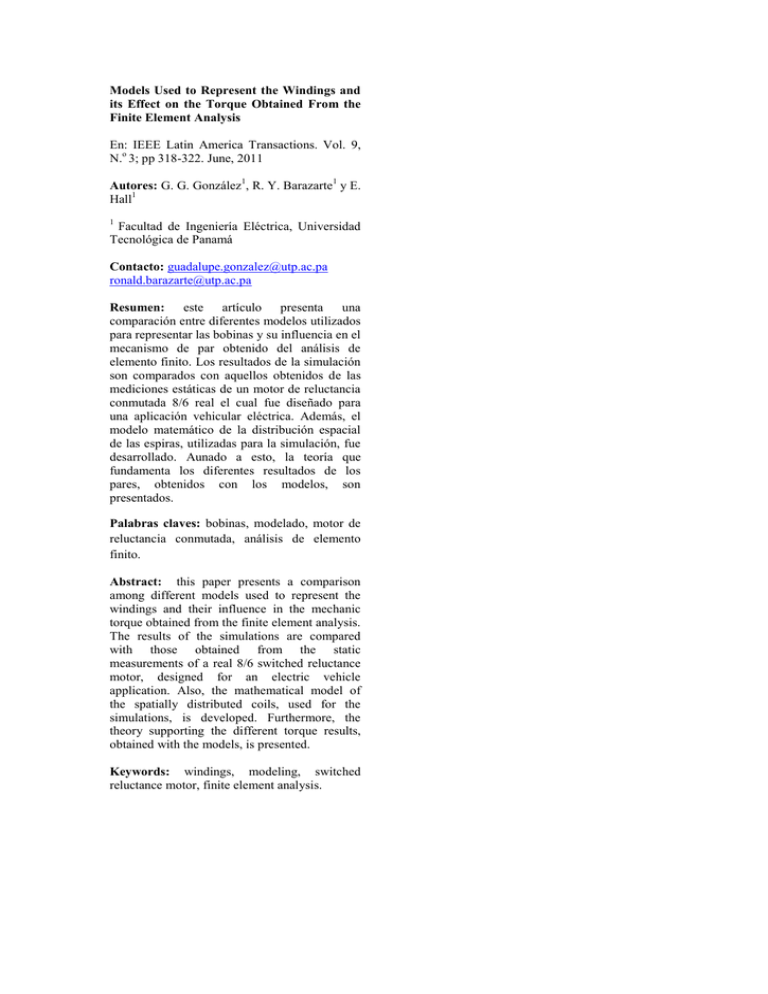
Models Used to Represent the Windings and its Effect on the Torque Obtained From the Finite Element Analysis En: IEEE Latin America Transactions. Vol. 9, N.o 3; pp 318-322. June, 2011 Autores: G. G. González1, R. Y. Barazarte1 y E. Hall1 1 Facultad de Ingeniería Eléctrica, Universidad Tecnológica de Panamá Contacto: [email protected] [email protected] Resumen: este artículo presenta una comparación entre diferentes modelos utilizados para representar las bobinas y su influencia en el mecanismo de par obtenido del análisis de elemento finito. Los resultados de la simulación son comparados con aquellos obtenidos de las mediciones estáticas de un motor de reluctancia conmutada 8/6 real el cual fue diseñado para una aplicación vehicular eléctrica. Además, el modelo matemático de la distribución espacial de las espiras, utilizadas para la simulación, fue desarrollado. Aunado a esto, la teoría que fundamenta los diferentes resultados de los pares, obtenidos con los modelos, son presentados. Palabras claves: bobinas, modelado, motor de reluctancia conmutada, análisis de elemento finito. Abstract: this paper presents a comparison among different models used to represent the windings and their influence in the mechanic torque obtained from the finite element analysis. The results of the simulations are compared with those obtained from the static measurements of a real 8/6 switched reluctance motor, designed for an electric vehicle application. Also, the mathematical model of the spatially distributed coils, used for the simulations, is developed. Furthermore, the theory supporting the different torque results, obtained with the models, is presented. Keywords: windings, modeling, switched reluctance motor, finite element analysis.
